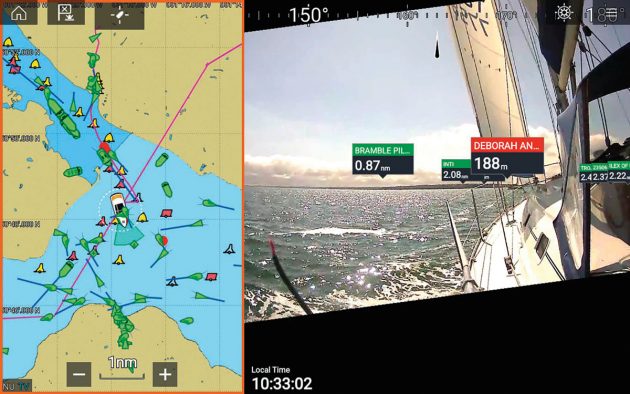As the coronavirus pandemic clouds lift and companies consider how they are going to navigate new challenges, workers are also assessing their options. According to the U.S. Bureau of Labor Statistics (BLS), a record 4.3 million Americans voluntarily quit their jobs in August 2021, leaving employers fighting to keep hold of their best talent.
Companies can raise wages and offer promotions, but in a world where work has shifted beyond all recognition and technology is advancing faster than ever before, employees also want to feel that their employer is invested in their skills development. Frequent upskilling and reskilling are central to a strong employee experience but, despite this, many companies are failing to deliver the level of training that a hybrid workforce demands. In other words, the pace of change in training is lagging behind the pace of technological innovation.
“The Upskill Ultimatum,” a recent report from Immerse, examines the predictions of 1,000 knowledge workers and 1,000 human resources (HR) professionals across a range of sectors on the future of training. The data reveals that 49% of HR professionals believe that today’s training deployment is inadequate for a hybrid workforce, and nearly half of U.S. and U.K. employees are prepared to move companies if they don’t receive the training they need. But despite this, HR departments are dragging their feet when it comes to revamping old methods.
The pace of change in training is lagging behind the pace of technological innovation — we are in need of a major training overhaul to prepare companies for a decidedly uncertain future.
A New Training Reality
A new era of work calls for new cutting-edge training technologies. Immersive training platforms, such as augmented and virtual reality (AR and VR), mixed reality (MR), 360-degree video, and interactive 3D desktop or mobile experiences, have the potential to bridge skills gaps and supercharge employee engagement, productivity and retention. Armed with these technologies, companies can immerse their employees in highly-realistic simulated training scenarios, allowing them to gain hands-on experience and learn collaboratively with colleagues all over the world. We are in need of a major training overhaul to prepare companies for a decidedly uncertain future.
Immerse’s research found that nearly three out of five employees (58%) say that the use of immersive technology would make training exciting for the first time ever. These platforms also have the potential to solve critical business challenges: 64% of HR professionals believe that on-demand immersive training could be the key to solving the productivity crisis in the workplace, and 70% say that it would provide safe training in high-risk scenarios, the research also found.
But how do companies go about introducing this transformative technology at scale? Follow the tips below to get started.
- Creation
Organizations may worry that they don’t have the technical expertise needed to develop bespoke immersive training content, but these barriers are being broken down as tools and templates become more accessible. With the right technology partner, organizations can develop effective programs quickly and easily in house, without compromising on quality.
- Management
To be successful, training platforms must be seamlessly integrated into existing enterprise systems and processes. This isn’t just about technical integration, but also about how the platform will work in terms of organizational processes. Once you’ve proven the value of a platform to your business, there are still a number of integration hurdles such as access control, audit logs, versioning and data protection rules to navigate. However, these obstacles can be easily navigated with the right partner providing support during the integration process.
- Evaluation and Improvement
The key selling point of immersive platforms is the truly useful data they yield. The granular level of insight — combining objective and subjective measures of performance — is not only hugely valuable in tailoring training to individual employee requirements, but in the continual evaluation and improvement of training programs and wider business procedures.
Facing the Upskill Ultimatum
Time is running out for traditional training methods; Immerse’s data shows that two-thirds of HR professionals believe companies that fail to employ cutting-edge training technologies will struggle to attract and retain top talent. But, although on average, organizations don’t expect to have fully rolled out immersive training solutions until 2028.
A lack of training innovation leaves the door wide open for continued departures at a time when recruiting is in emergency mode. Employers are faced with an ultimatum: Either they transform their training, or risk losing their best talent. Time is running out for traditional training methods.
Quelle:




